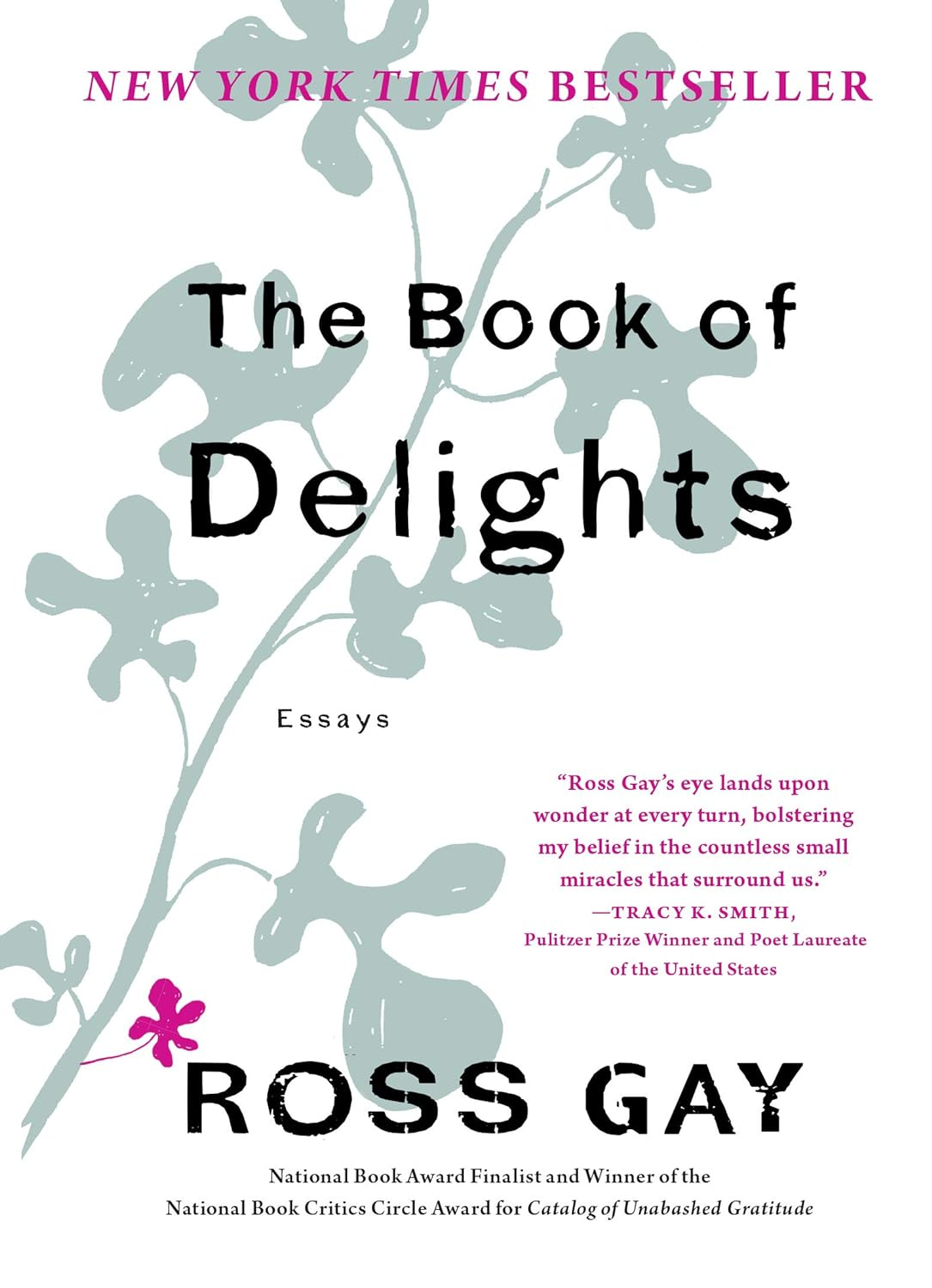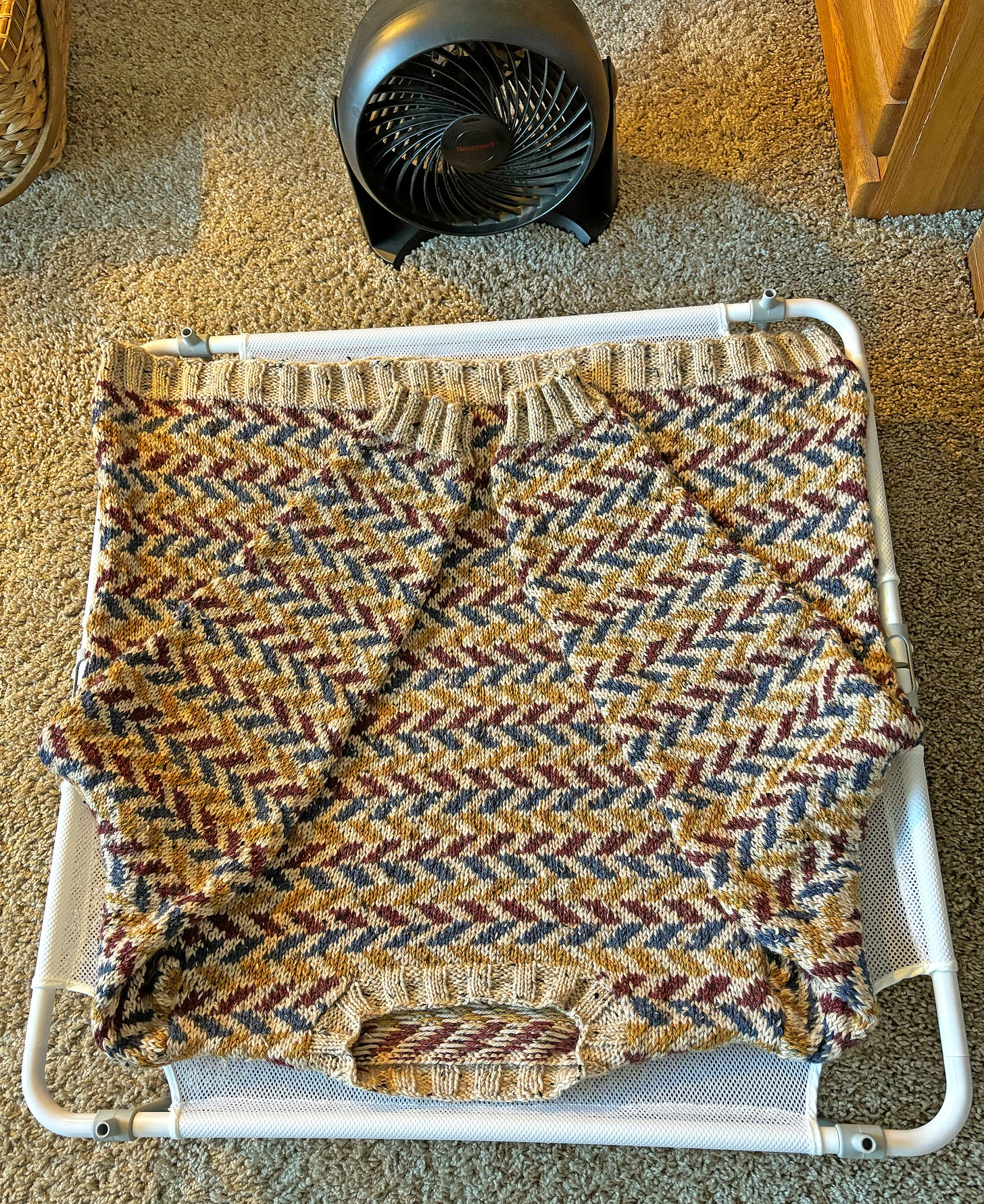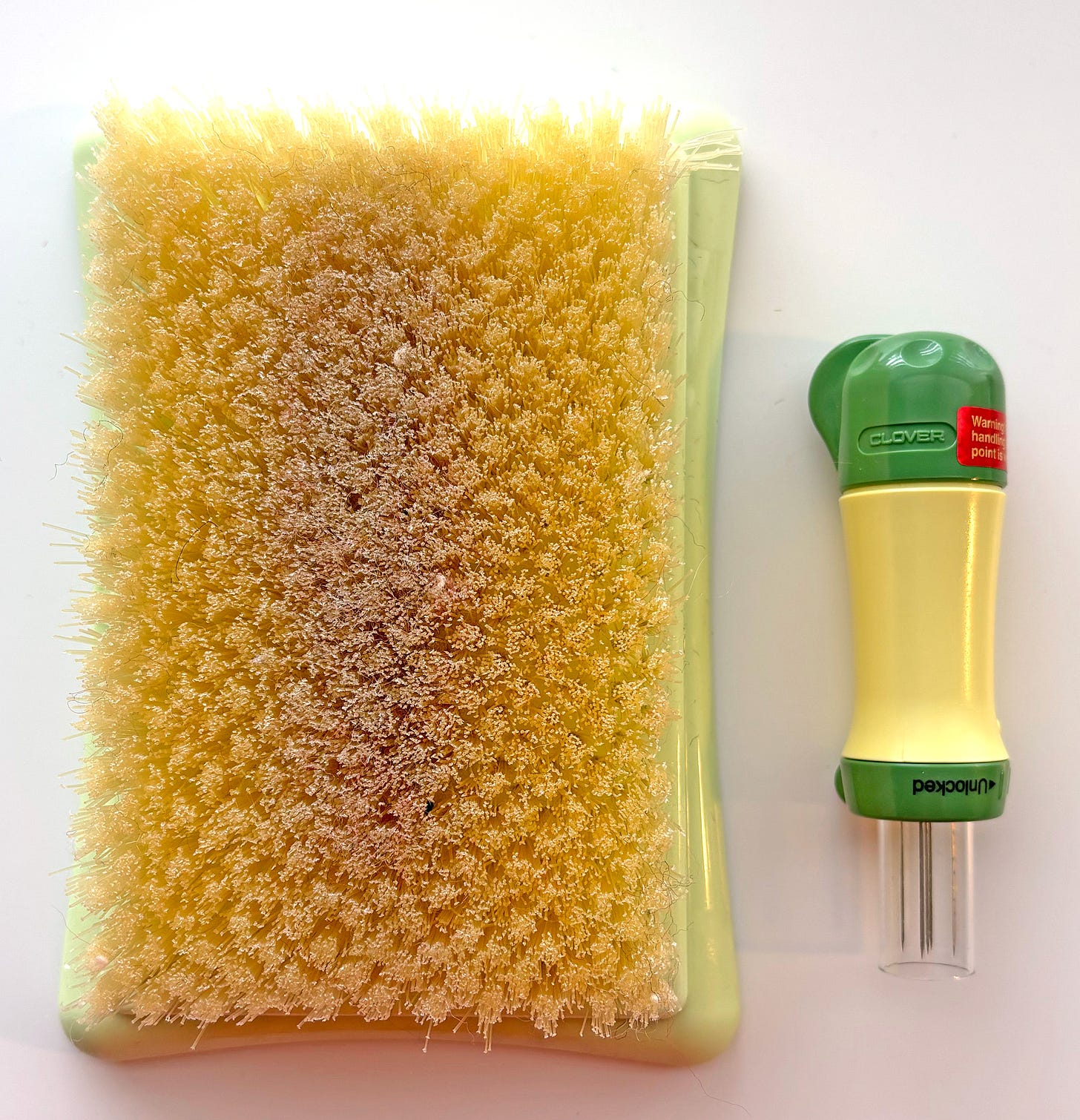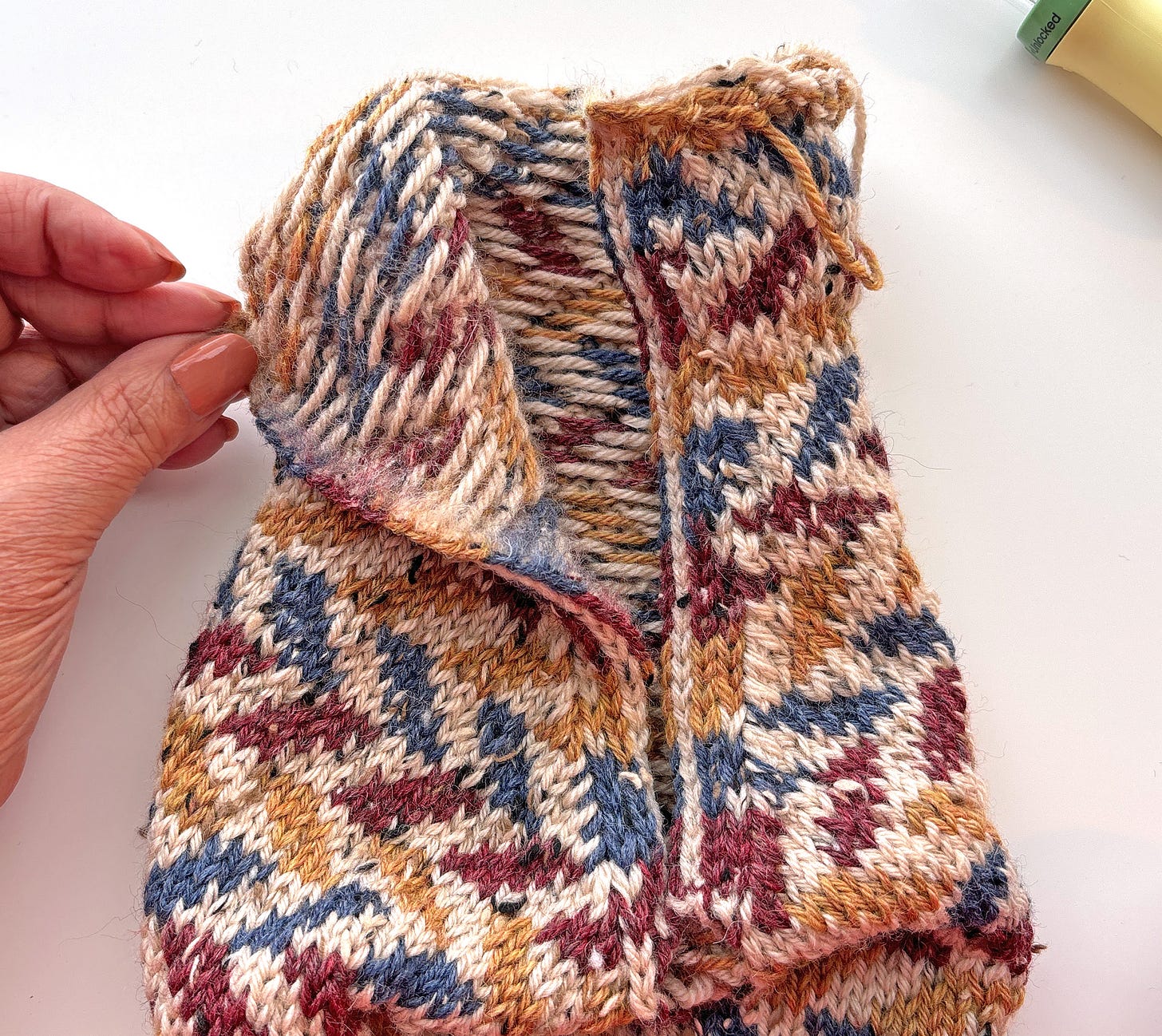
As the holiday season ramps up toward its crescendo (only a bit more than two weeks away!), I am thinking about delight. The flavor of gingerbread, the aroma of spiced cider, the jingle of small bells, the twinkle of multi-colored string lights—the world is filled with delights during December.
The Book of Delights, by Ross Gay, has been part of my life for a couple of years now.
This small book lives on my coffee table. It is just right for dipping into when I have a moment or two to reset my outlook on life.
Ross Gay is a poet and essayist. As he approached his 42nd birthday, he assigned himself a project: to write a daily essay about something delightful during the year beginning and and ending on his birthday. This book is a collection of 102 of those brief essays. As Gay says in the prologue:
“… the discipline or practice of writing these essays occasioned a kind of delight radar. Or maybe it was more like the development of a delight muscle. Something that implies that the more you study delight, the more delight there is to study.”
A commitment to finding delight in the world brings more joy to everything. Each interaction with another person, each meal, each and every day becomes an opportunity to be delighted. Yes, I want to live in a delightful world. I can create that world for myself by paying attention to and celebrating the things and events that produce that little shimmer of joy. Rose-colored glasses? Yes, please!
In writing this article, I discovered that Gay released The Book of (More) Delights this past September. After noticing how much this delighted me, I ordered a copy. If you, too, find that your delight radar is sharpened by reading beautifully written little essays generously shared by an artful writer, I recommend you seek out The Book of Delights.
If, like me, you enjoy audiobooks, both The Book of Delights and The Book of (More) Delights are available to borrow from Hoopla. My public library card gives me free access to both Hoopla and Libby, and I always check those catalogs before spending an Audible.com credit. But if you like books as objects, this small hardcover is a delight to keep close at hand.
Speaking of the public library, do you have the Library Extension installed on your computer? This is a browser extension available for Chrome, Firefox, and Edge. When you install the extension, you specify which libraries you want to access. Then, when you search for a book on Amazon, Barnes and Noble, or other book shopping sites, a little window will display the availability of that book at your selected libraries. It includes print, ebooks and audiobooks, and will tell you how many copies your library has, how many are currently available to borrow, and how long the hold list is if there is a waiting list. If you click on that notification, it takes you to the library’s website so you can request a hold. Brilliant and indispensable for those of us who read more books than we can reasonably buy.
My big delight this week was finishing a warm and cozy sweater before winter gets serious. In past years, I’ve tended to finish new winter sweaters just as winter comes to an end. My timing is better this year.
This is my sweater-drying set-up. I use this mesh sweater drying rack, and set up a small electric fan to create a gentle flow of air.
There is no pattern for this sweater. Since I wanted set-in sleeves, and this geometric colorwork motif does not lend itself well to shaping, this sweater was made with steeks at the armholes, front neck, and sleeve caps, then sewn together. (Steek: a narrow panel of extra stitches connecting two pieces of fabric with the intention that it will be cut when the knitting is complete.) Experience tells me that the combination of steeks and seaming reduces the mass appeal of a knitting pattern to the point where it’s not worth the work of grading for multiple sizes. This will be one of a kind.
For me, the steeks were yet another delight. I secured the steeks with needle felting. (Steek: a narrow panel of extra stitches connecting two pieces of fabric with the intention that it will be cut when the knitting is complete.) There are lots of ways to secure a steek before cutting, and over the years I’ve tried most of them: machine sewing, hand sewing, crochet, and crossing my fingers and hoping for the best. Needle felting is far and away my favorite method.
You need two inexpensive tools: a brush mat and a felting tool which holds multiple needles, both of which are made by Clover.
Position your steek (the vertical stripes in the photo) on top of the brush mat, then pounce up and down with the felting needles. Stab, stab, stab until you start to feel the fibers becoming compacted. It won’t look much different on the front but take a peek at the back. It will become very fuzzy. The tiny, barbed needles entangle the fibers, so the knitting won’t unravel when you cut open the steek. It’s fast and fun, and it works every time.
This sweater was knit with Knit Picks Wool of the Andes Worsted Tweed in the colors Oyster, Garnet, Prussian, and Maple. I’m a big fan of the entire Wool of the Andes line. It is a high-quality basic wool yarn at a bargain price and comes in a beautiful range of colors. For me, it’s soft enough to wear against my skin. I bought the yarn when it was discounted a few months ago, and this sweater used a total of 14 skeins. Total materials cost: under $70. I know this sweater will keep me warm for many winters to come.
Thanks for taking the time to share my delights today. I’d love to hear from you. Leave a comment telling me what delights you or tell me how you feel about steeks. Conversation is so much more fun than a monologue.







